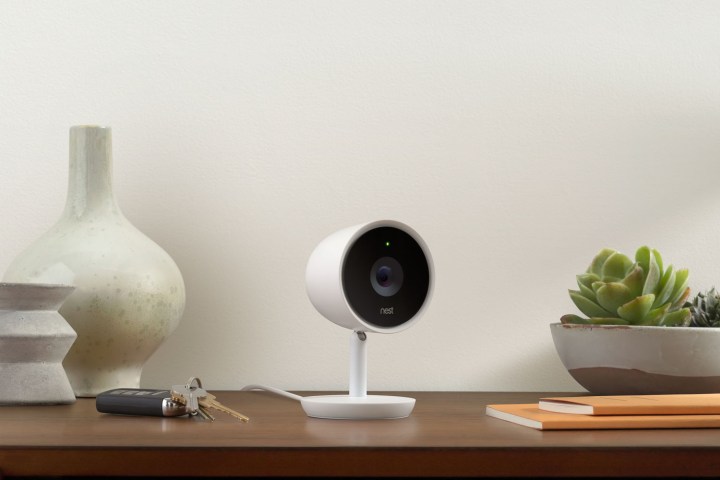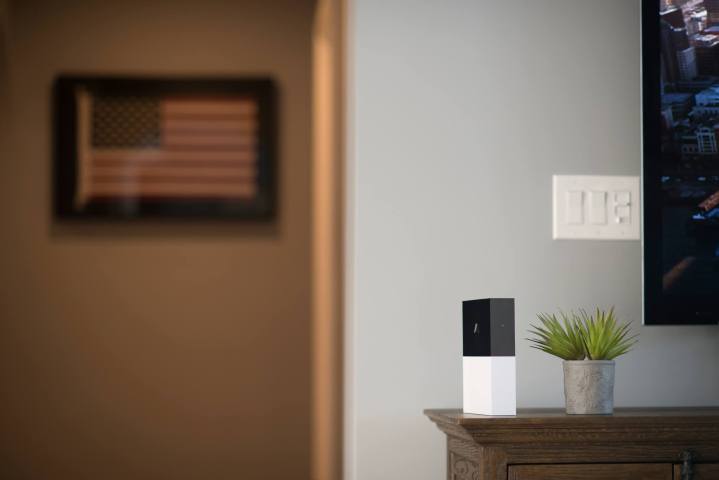
At CES, there were smart security product launches from companies like Brinks, which debuted the Array smart lock; RCA, which introduced a smart doorbell camera; and Ring, which launched smart security lights and a security camera. Canary also threw a $100 indoor camera into the mix.
What’s interesting is that the market is also being flooded with products from startups and companies like Somfy, which introduced a camera that will be available at the end of the year as part of a home security system. At least two companies, including Vivint, have released apps related to security. The list goes on and on.

Chris Carney, co-founder and CEO of Abode Systems, thinks the deluge of products is a reflection of growing customer demand.
“There’s been a notable shift in consumers’ mindsets where they’re no longer asking, ‘Can I do this myself?’ but rather, ‘Why can’t I do this myself?'” Carney told Digital Trends. “With more solutions available than ever before and consumers adopting these technologies at higher frequencies, more and more are finding DIY home security is not as hard as they thought it would be once they try it for themselves.”
Nowadays, smart cameras, motion detectors, doorbells, and even sirens can work either via a complete home security system like Abode Iota or Nest Protect, or customers can pick and choose products a la carte like the Nest Cam or the Blink video doorbell and connect them via a smart hub or an If This, Then That recipe. Do-it-yourselfers can typically monitor their homes — including video footage and motion detection — via an app, making DIY home security easy and even fun.
“The ability to be connected wherever and whenever is new, and gives people the ability to take control of what matters most,” said Scott Harkins, vice president and general manager of Honeywell Home. “We fully expect that in the next five to ten years the connectedness of homes will continue to increase. Data analytics will begin to deliver additional insights like knowing your son or daughter has arrived home, as well as personalizing your favorite creature comforts like playing your favorite song during the dinner hour or adjusting the temperature in your room based upon the windows not being opened in weeks.”
The industry will gain even more speed as more people realize this is something they can do themselves relatively easily for a lot less than the ongoing cost of an old-school hardwired security company. Carney noted that the technology is still young, meaning it’s a space with a lot of room to grow.
“We expect this trend to continue because interoperability between different devices and manufacturers is still in its infancy and growing,” Carney told Digital Trends. “As interoperability continues to evolve and improve, that will provide longevity to the DIY home security space. In the years to come, I predict the long-term subscription model disappearing and being replaced with a model centered around usage due to the continued evolution of deep learning and artificial intelligence.”


